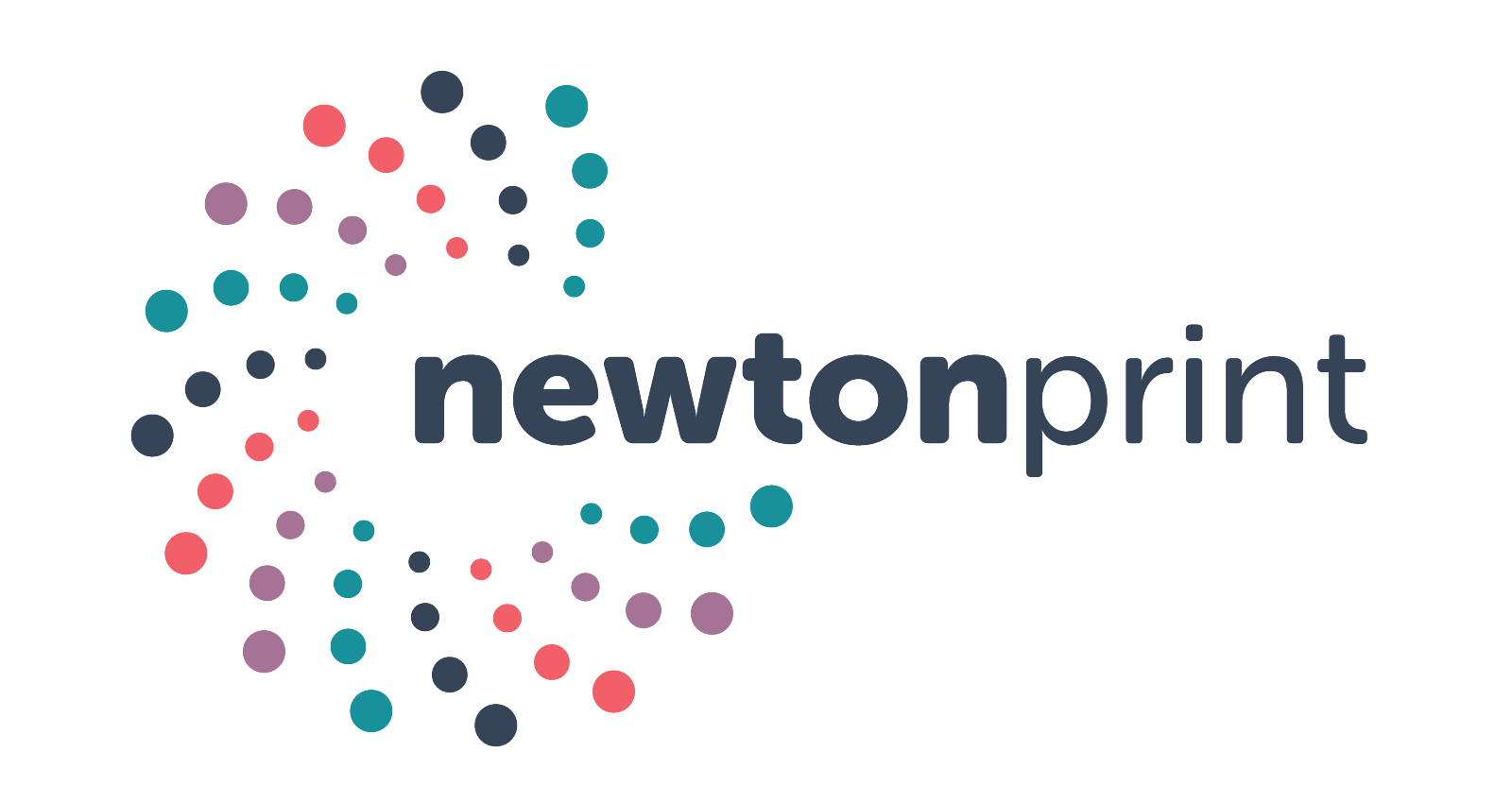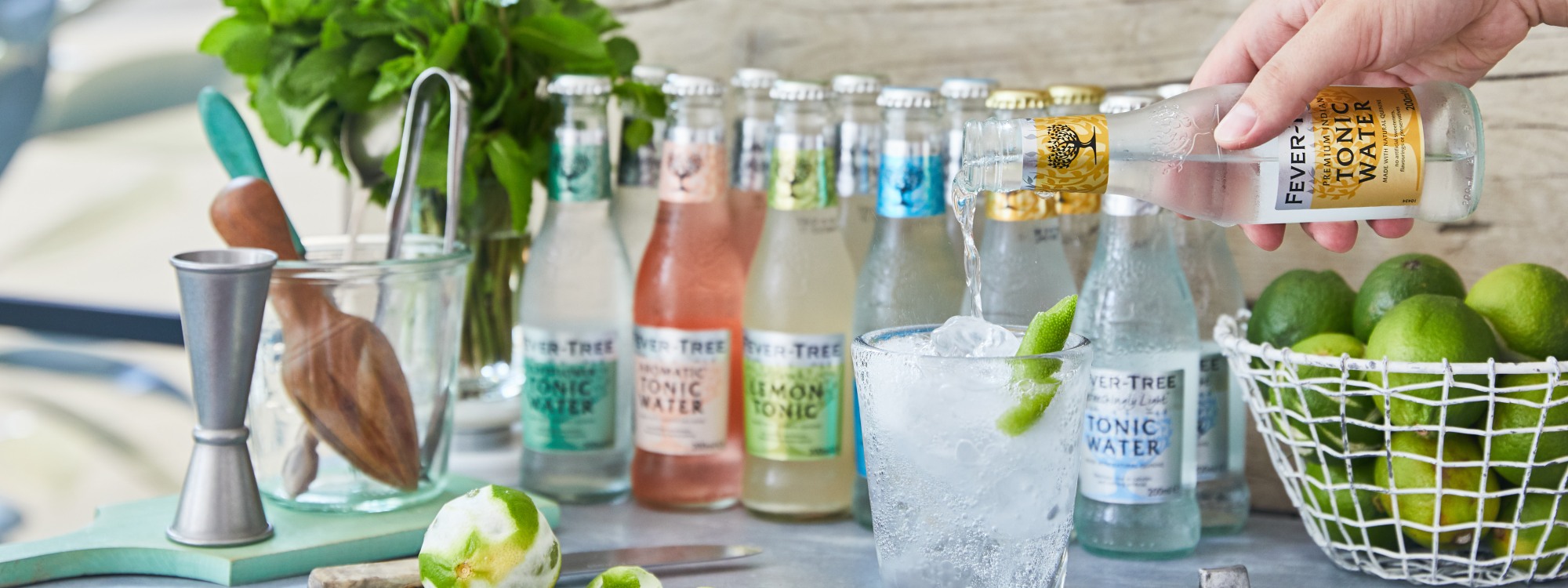Fever-Tree: A brand mixing things up
Fever-Tree is without doubt one of the most successful FMCG brands around today. They’ve proved that a bold, true-to-your-roots brand can create a profitable niche for themselves in a highly competitive market.
What I love about Fever-Tree (apart from their drinks of course!) is that they’re not afraid to compete with the lower-priced variants out there and have focused heavily on their marketing to ensure that consumers don’t question why the price point is higher than some other brands.
It’s clearly worked for them given the strong sales growth, and here I delve into what I think are some of the foundations of that success.
So what’s the secret?
GORGEOUS LOGO
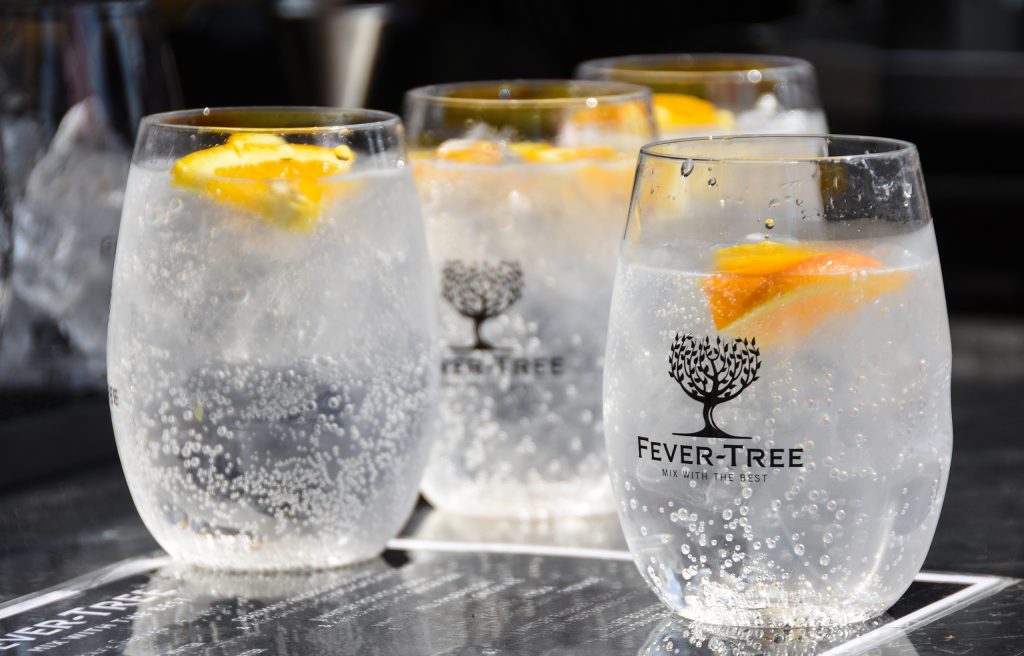
I know there’s an awful lot more to a brand than just a logo but a really good one is, in my opinion, a work of art. The logo is like the brand’s signature; encapsulating the essence of the brand identity in one visual piece.
Fever-Tree really do have a beauty. On the surface, it’s an attractive flat illustration with a nice font. But if you dig a bit deeper there’s more to it than that.
The logo itself represents the very essence of the brand: the fever-tree, which highlights the product’s natural ingredients and its heritage as a source of refreshment. Illustration is hugely popular as a visual aid for brands because of its softer, more personable appearance.
The font is interesting too: a clever twist on what is actually quite a common typeface, using a flick here and an extra curve there to turn it into a steady, dependable representation of the brand.
They have also ensured that the two elements of the logo (the illustration and the typeface) can be used apart to make best use of space, something that is very important when designing for bottle packaging (which tends to be very tight on space).
In short, the logo is contemporary yet premium, a very accurate reflection of the products it sells.
SENSIBLE*, CATCHY SLOGAN
*I mean sensible in a good way…
“Fever-Tree began in 2003 with a meeting of minds and one simple premise: if three quarters of your G&T is the tonic, wouldn’t you want it to be the best?” (source: fever-tree.com)
The Fever-Tree slogan is a real cracker: “If ¾ of your drink is the mixer, mix with the best”. And it makes so much sense: how many times have you bought a cheap tonic water to mix with your gin, and saved only a very small amount compared to a Fever-Tree or another premium brand? Most people don’t mix JD with basic cola, so why mix a good gin with a lower grade tonic?
For me, having traditionally bought lower-grade tonics to save money, this was a real eye-opener and the magical part (for brand geeks at least) is that Fever-Tree’s slogan played a massive part in that!
The beauty of this slogan is that it stays true to the brand’s heritage; the founders created a premium tonic for the very reason that good gin was being ruined by poor quality mixers.
Having a slogan that makes people buy more is what it’s all about, right? But it’s a lot easier said than done. My guess is that a huge amount of investment (thought, creativity, time, money) went into the creation of that slogan. They may have tried a hundred different ones but I think they’ve found a superb slogan that consumers can relate to.
JUMPING ON THE BANDWAGON
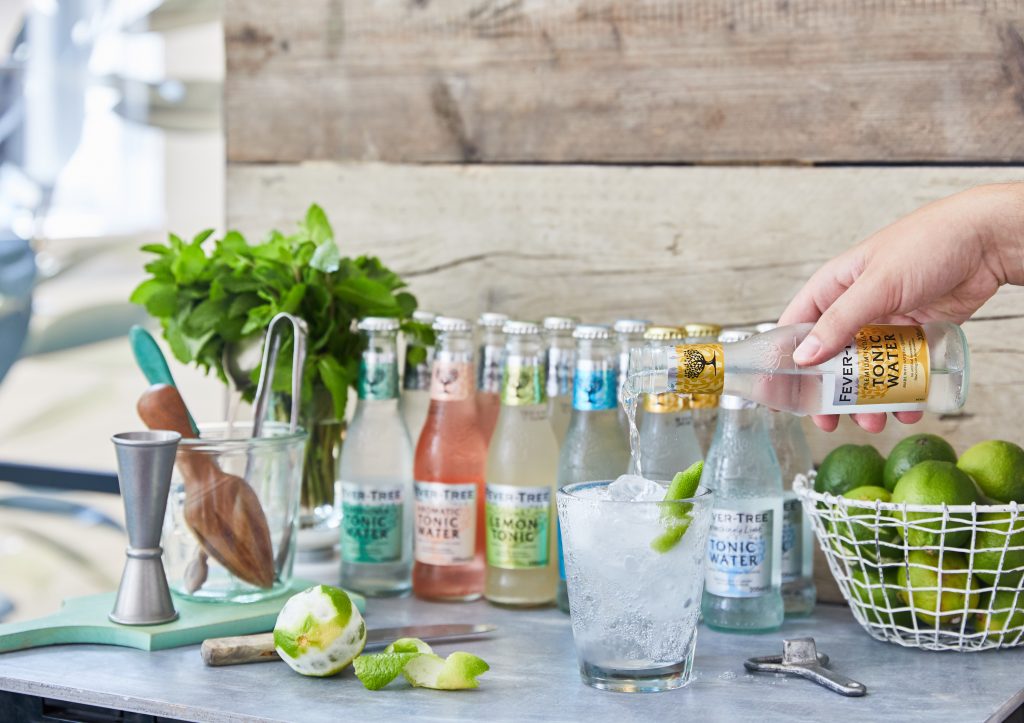
OK, all those thousands of influencers out there are gonna hate me for saying this: It’s totally fine to jump on the bandwagon sometimes, just make sure you’re at the front of the queue. (can somebody turn that into a meme? #FamousQuote)
Seriously though, if consumers are heading in a particular direction then you better be following the trend. This is exactly what Fever-Tree have done, hitching a ride with the monumentally colossal global alcohol market.
For alcohol manufacturers, consumer tastes and trends can be a make-or-break thing. That’s why so many big alcohol brands have diversified to cover a range of different types of beverage, so that when one falls out of favour they have a presence in other markets too.
But Fever-Tree clearly saw how they could ride the peaks and troughs of these trends, by having a visionary leadership that looks ahead and identifies emerging new ‘fave’ drinks. For example, at the moment gin is massively popular but there’s a widely held view that rum will be the next big thing. So Fever-Tree introduce a range of mixers to suit (which might not be very different to their other ranges anyway).
CLEVER PARTNERSHIPS
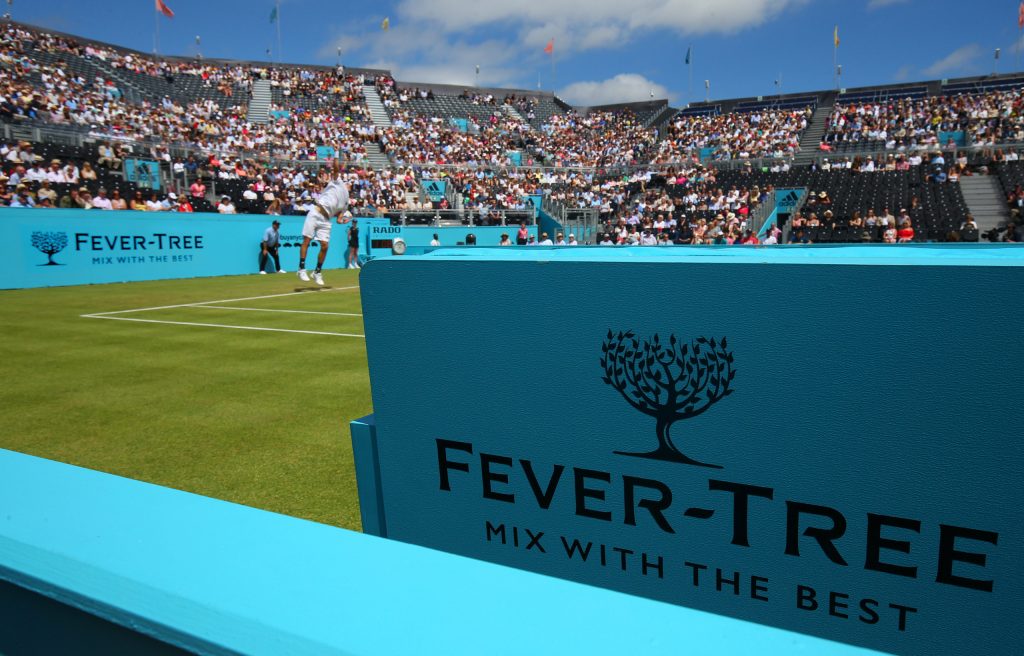
Alcohol brands face a conundrum when it comes to sports sponsorships: on the one hand the opportunities and reach are mindbogglingly enormous. On the other, there are a huge amount of regulatory hoops to jump through and it’s not even possible to advertise or sponsor certain sporting events.
The temptation of all that brand exposure must be enormous and I guess the alcohol brands would love to have a good crack at it.
So what if a non-alcohol brand could tap into this huge market?
That’s exactly what Fever-Tree have done. They’ve partnered with the LTA for the Queen’s Club Championships, including producing a special edition Champions G&T for the event. They’ve also partnered with events including cricket, golfing and sailing.
All of these would appear to be key markets for the Fever-Tree brand and make for an excellent partnership.
What’s in it for you?
Here’s a bit of a summary:
Your logo matters. As I said earlier, there’s always more to a brand than just the logo but it’s still such a crucial part. This little insignia gives credence and recognition to your marketing efforts. Make sure that it says everything about your brand values and that there’s a deep reasoning behind every single element of it, including typeface;
Your slogan matters too. I’ve seen some really bad ones around and I’m sure you have too, ranging from the bland and insipid to just outright weird. A slogan can provide a magnificent ‘reason-to-believe’ – a solid, irrefutable answer to your brand’s ‘why’. Have a good, hard think about your slogan and make sure it’s punchy, memorable and reflects your core brand values. In my opinion, no slogan is better than a bad slogan;
Sometimes, just swim with the flow. There’s a lot to be said for the disruptors but we can’t all be that. It’s costly, risky and pretty exhausting. Sometimes you need to find your own little niche that runs nicely alongside current trends but is also flexible enough to recognise future changes and adapt early. That’s the key to a forward-thinking success story;
Who can you partner with? The whole idea of a partnership is that 1+1=3. Making the most of every opportunity is a sure-fire way to maximise your brand’s value, so have a good think about other brands that service your key markets and talk to them about partnering. Think outside the box, share marketing costs and you could be pleasantly surprised at the results!
Do you know of a brand that is successful? How can you learn from what they do well? Maybe you own or manage a brand and want to share your story. Share your insight with us here…
This post is written by our marketing boff Simon Besley and doesn’t necessarily reflect the views of the company; it’s intended to be a helpful review for other marketeers to dissect what I think the brand does well, and how we can all learn from it. If it’s helpful to you, then I’m happy…
